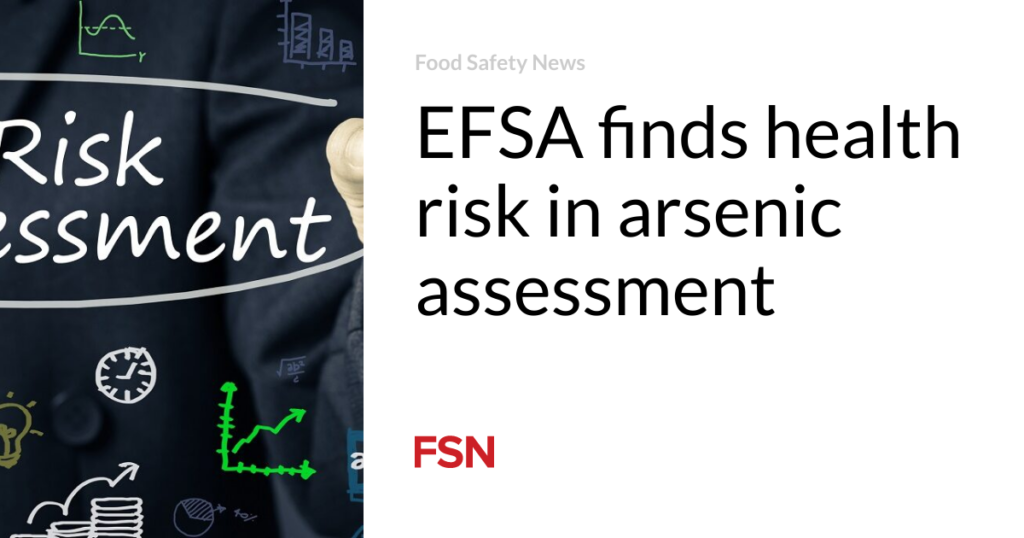Scientists say certain small organic arsenic species found in some foods may pose a health risk.
A risk assessment by the European Food Safety Authority (EFSA) has found that exposure to the compounds dimethylarsinic acid (DMA) poses an increased health risk, while monomethylarsonic acid (MMA) is not of concern in any age group.
The highest concentrations of these compounds are found in rice, algae, and seafood. Trace amounts of DMA have been found in breast milk. It is estimated that young children have the highest chronic dietary exposure to DMA, with rice and fish being the main contributors across population groups.
Experts said exposure to DMA poses increased health risks, especially for those who consume large amounts, because it has been linked to increased rates of bladder cancer in rats, but studies of DMA in mice have shown inconsistent results and no convincing evidence of carcinogenicity.
For MMA, the highest chronic dietary exposure was estimated in infants and elderly groups with high intakes of fish and processed/preserved fish.
Findings from Part 2 of a Four-Part Series
Other small organic arsenic species were not included in the risk assessment due to insufficient toxicity data.
The work included a literature search, estimates based on available consumption data, reported occurrence data, and feedback from a public comment period.
The European Commission has requested four scientific opinions from EFSA on arsenic in food. The first opinion, on inorganic arsenic, will be published in January 2024, the second deals with small organic arsenic species. The third and fourth parts, dealing with mixed organic arsenic species and combined inorganic and organic arsenic exposure, are due to be completed by early 2025.
Initial evaluations have revealed that consumer exposure to inorganic arsenic in food poses health concerns, including skin cancer.
The findings of the latest opinion will provide a scientific basis for the EU Commission’s decision to set maximum levels for MMA and DMA in food. So far, no such limits have been set.
Recommendations from EFSA’s experts included improving analytical methods, continuing to collect data on their occurrence in food, and conducting research into the impact of small organic arsenic species.
(Click here to sign up for a free subscription to Food Safety News.)


